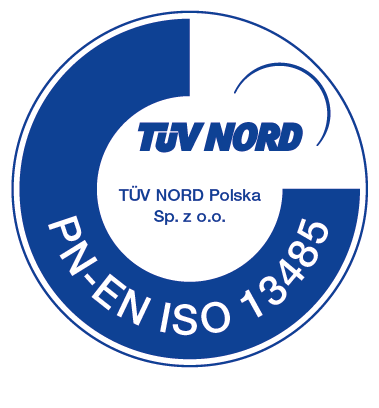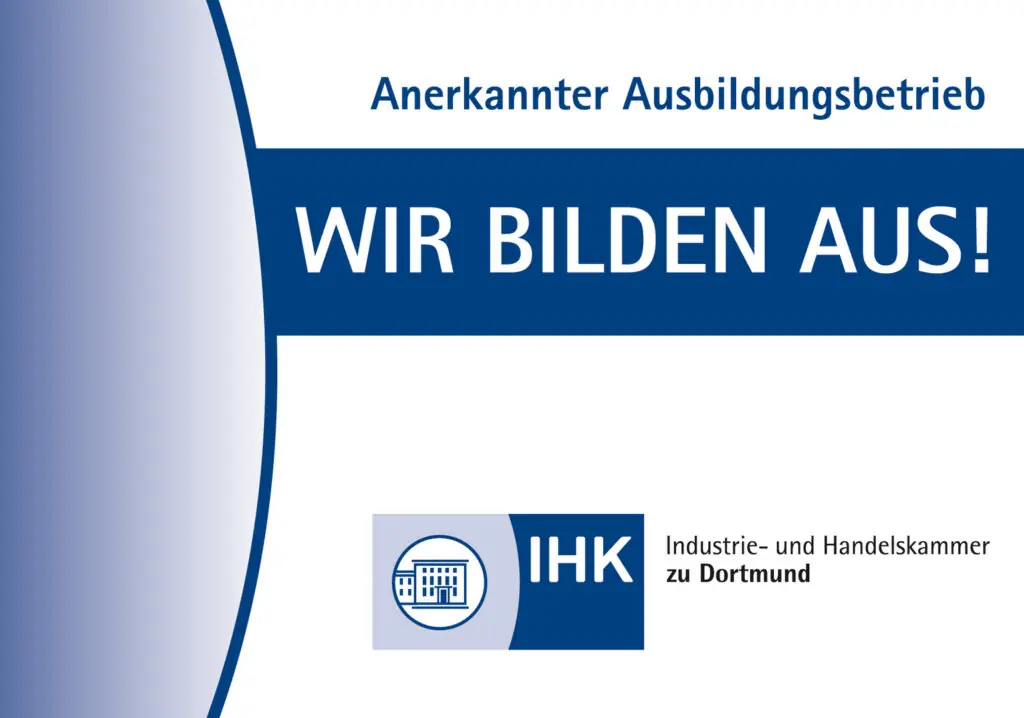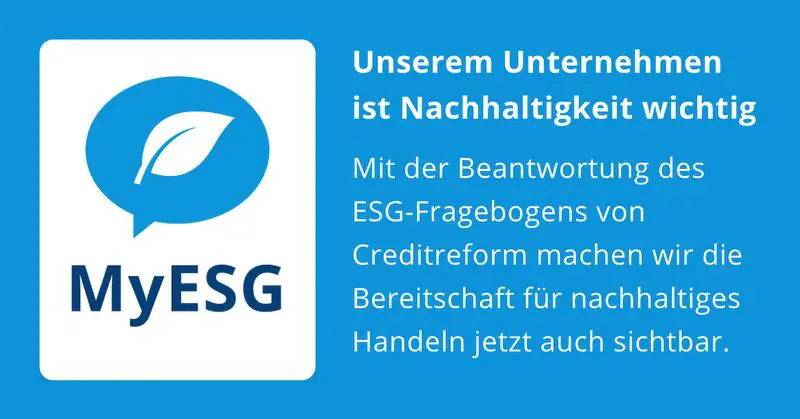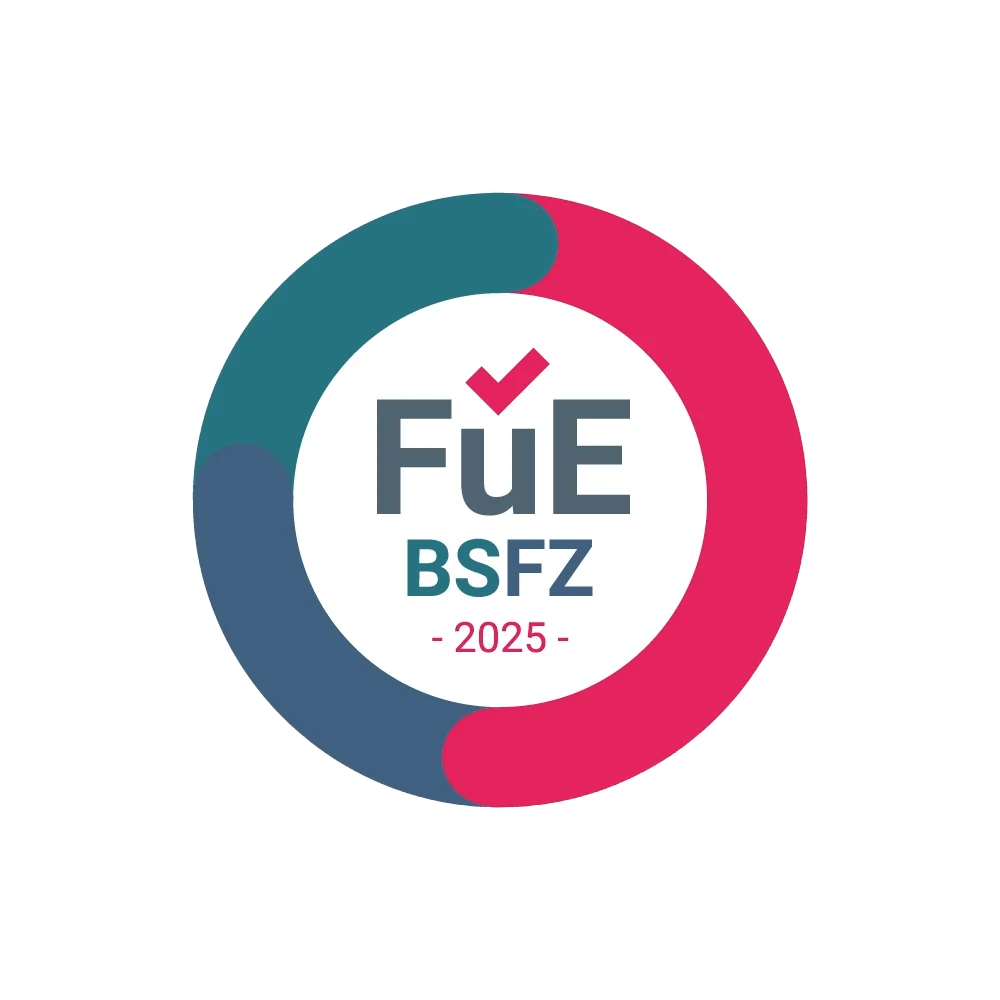
Technical Documentation for Medical Devices
Before a Medical Device can be placed on the European market, it must meet specific regulatory requirements. Central to this approval process is the Technical Documentation—a structured and comprehensive set of documents that demonstrate the safety, performance, and regulatory compliance of the product throughout its entire life cycle.
EU MDR Technical Documentation
Under the EU Medical Device Regulation (MDR), Technical Documentation is mandatory for all medical devices, regardless of risk class. It provides a detailed description of the device, its design and manufacturing processes, risk management, performance data, and clinical evaluation.
The Technical Documentation proves that the device complies with the General Safety and Performance Requirements (GSPR) outlined in Annex I of Regulation (EU) 2017/745. Without it, no medical device can be marketed in the EU.
Although sometimes referred to as a Medical Device File or Device Master File, these terms are synonymous and refer to the same essential documentation required for market approval.

Role in the Conformity Assessment
The Technical Documentation is a fundamental component of the Conformity Assessment Process and forms the basis for interaction with the Notified Body. It must be tailored to the specific characteristics of each device and prepared in a clear, structured and traceable manner.
Notified Bodies conduct a detailed review of the submitted documentation and may involve external experts to assess specific technical or clinical aspects. A well-prepared submission significantly increases the chances of a smooth and timely certification process.
Planning and Avoiding Pitfalls
The final submission of the Technical Documentation occurs at the end of the development process, which often means that any deficiencies and avoidable efforts are only identified at this late stage. Therefore, in cases of uncertainty, it is strongly recommended to involve regulatory experts early in the process.
Taking a well-structured approach helps to avoid unnecessary costs, such as incorrectly assumed test requirements, expensive laboratory analyses and redundant validations. Such services are often highly specialised and expensive, placing a significant burden on the project budget. Poorly planned projects commonly suffer from limited resources and time constraints, so it is even more important to allocate efforts strategically and focus on the most relevant conformity aspects.
Legal Framework and Structure
The requirements for Technical Documentation according to MDR are defined in Annex II and III of the MDR. It contains the following components:
- Device description and specification, including variants and accessories (e.g., article list, classification rationale, intended purpose, product specifications)
- Information to be supplied by the manufacturer (e.g., labeling, packaging, and instructions for use)
- Design and manufacturing information (e.g., technical drawings, material specifications, outsourced manufacturing processes)
- General Safety and Performance Requirements (GSPR) checklist (demonstrating conformity with MDR and relevant harmonized standards or common specifications)
- Benefit-Risk Analysis and Risk Management (according to EN ISO 14971; maintained as a dynamic, “living” document)
- Verification and validation data (e.g., clinical evaluation, biocompatibility testing, electrical safety, EMC, usability, stability including shelf life)
- Information from Post-Market Surveillance
The scope and complexity of technical documentation can vary significantly depending on the nature of the medical device. High-risk devices usually require more extensive testing and documentation than lower-risk products.
Different and/or additional requirements for the technical documentation may apply to medical devices approved outside the scope of European law.
MDR Table of Contents and Supporting Documents
In detail, the Technical Documentation is divided into the following chapters:
Chapter | Description |
| 1 | Product description and specifications |
| 2 | Information to be provided by the manufacturer |
| 3 | Design and manufacturing information |
| 4 | General Safety and Performance Requirements |
| 5 | Risk-benefit analysis and Risk Management |
| 6 | Verification and Validation of the Product |
| 7 | Post-Market Surveillance |
Table 1: Structure of Technical Documentation according to Annexes II and III of the MDR
The table of contents of the TD (FB Table of contents TD) is used for precise referencing of the individual documents in the Technical Documentation. The individual information components of the chapters are explained below.
01 Product description and specifications
The product description and specifications (Annex II Chapter 1.1 of the MDR) of the Medical Device shall be structured into at least (necessary) or design-dependent (optional):
| Chapter Template TD | Subchapter / Reference | Description |
Article list
Overview of product groups incl. product design, supplier information, classification and coding; to be used for more than one product group
Declaration of particular substances
Overview of the (non-)application of special substances in the products or in the context of manufacturing; medicinal products, tissues or cells of human or animal origin or their derivatives and nanomaterials
Classification protocol
Classification under consideration of the intended purpose, definition of the classification rules and classification according to Annex VIII of the MDR
Certificate of conformity
Exhibition according to classification (Class I, Class Is/r/m/IIa/b or Class III)
Product description
With Intended Purpose:
General product description incl. article no., BUDI-DI, (contra)indications, functionality, coding and classification, as well as product characteristics, application specification and labeling.
Without Intended Purpose:
General product description incl. article no., BUDI-DI, functionality, coding and classification, as well as product characteristics and labeling;
Examination of the requirements of the Notified Bodies for the documentation of the intended
Product Specification
General product description incl. classification and codings, tolerance and dimensions as well as material specifications, description of the biological properties and specific information on production and release (e.g. production conditions, sterilization process and references to valid VAs and AAs)
Raw materials, components and packaging materials
Description of the raw materials in the areas of production, product and packaging and their intended physical contact (direct contact, indirect contact, no contact) and their specification. Packaging specification Description of the individual packaging levels including material, manufacturer/supplier including certifications, dimensions, information on the sealing process and the packaging contents
Intended use
General Product Description incl. article no., BUDI-DI, (contra)indications, functionality and classification as well as application specification; application when using the product description without intended use
The information to be supplied by the manufacturer (Annex II Chapter 1.2 of the MDR) in relation to the Medical Device shall be structured into at least (necessary) and design-dependent (optional):
| Chapter Template TD | Subchapter / Reference | Description |
Reprocessing instructions
The minimum content includes the areas of application for the instructions for use, safety instructions, instructions for cleaning and sterilization, manual pre-cleaning if necessary, mechanical cleaning and disinfection, packaging and sterilization, and disposal instructions; information on the compliant and validated reprocessing procedure for reusable medical devices in accordance with EN ISO 17664 and VA Reprocessing
Evaluation
Language requirements
Listing of target markets and their language requirements and how these are implemented; created when marketing in several markets to comply with the various language requirements for the information to be provided (instructions for use, labeling and, if applicable, an implant card)
Checklist
Labeling
Checklist for labeling Medical Devices, in the instructions for use, on the sterile packaging if applicable, and in the implantation card if applicable; if the size of the Medical Device does not allow labeling, the next higher packaging level must be labeled; single-use Medical Devices are also exempt from the requirement to be labeled on the product.
Instructions for use
The minimum content of the instructions for use is the areas of application, product information, intended use, indications and contraindications, general and safety instructions, application, and, if applicable, instructions and reference to the instructions for preparation Instructions for use in accordance with EN 1041 and labeling in accordance with EN ISO 15223-1 in the languages accepted in the member states in which the product is to be sold (see assessment of language requirements). Instructions for use are not required for Class I and IIa devices if safe use of the device is ensured without such instructions.
Implant card
Information for product identification (designation, batch number, UDI and manufacturer), all warnings and precautions, expected lifespan and any other information to ensure safe use; to be provided by the manufacturer for implantable products in the languages accepted in the member states in which the product is to be sold (see assessment of language requirements)
Master label
manufacturer, instructions for use, article number, batch number and UDI as well as CE mark plus all other product-relevant markings in accordance with EN ISO 15223-1 in the languages accepted in the member states in which the product is to be sold (see assessment of language requirements).
03 Description of design and manufacture
The information for describing the design and manufacture of the Medical Device must be structured into the following categories as a minimum (required) or as design-dependent (optional):
| Chapter Template TD | Subchapter / Reference | Description |
Outsourced processes, suppliers
Information on all sites/suppliers where design and manufacturing activities are carried out, including existing certificates
Design drawings
Standard-compliant technical drawings for each Medical Device, assignment via the article number
Material data sheets
Complete information on the materials and auxiliary materials used (e.g. material data sheets from suppliers)
Manufacturing specification
Flowchart / sequence diagram that makes it possible to understand the design phases that the product has gone through; complete information on the manufacturing processes and their validation, the ongoing monitoring and the testing of the final product (e.g. outgoing goods and in-process controls).
The information on the General Safety & Performance Requirements relating to the Medical Device must be organized into
| Chapter Template TD | Subchapter / Reference | Description |
Documentation of compliance with the General Safety and Performance Requirements according to Annex I of the MDR, verification of implementation of the standards in various documents (reports, plans, etc.)
List of standards and regulations
Listing of all generally and product-specifically applicable standards and regulations with identification number, title and issue date; if available, harmonized standards shall be applied; if not applicable, the latest edition.
The risk-benefit analysis and risk management in relation to the Medical Device are to be broken down into:
| Chapter Template TD | Subchapter / Reference | Description |
Risk Management File
Includes benefit-risk analysis, risk management plan and report; procedure according to separate risk management
06 Verification and Validation
Verification and Validation of the product
The verification and validation of the product depend on the intended use and thus on the type of Medical Device. The applicable verifications and validations for each Medical Device are to be determined, among other things, from product-specific standards (see Section 4.1.4). These are to be carried out on the basis of test plans, test reports and, where applicable, applicable work instructions. The documentation thus contains results and critical analyses of all verification and validation tests and/or studies carried out to demonstrate the conformity of the device with the MDR and in particular the applicable general safety and performance requirements:
| Chapter Template TD | Verification and Validation | |
Medicinal products, biocompatibility, CMR substances, electrical safety and EMC, clinical evaluation, suitability for use, tissues or cells of animal origin, combination with other products, measuring function, software, stability and shelf life, sterility, material products.
The Post-Market Surveillance of the Medical Device, depending on its classification, is to be categorized as follows:
Chapter Template TD | Subchapter / Reference | Description | ||
07 Post-Market Surveillance | Specifications | PMCF Plan | Planning of the ongoing process for updating the clinical evaluation. All activities for the proactive collection and evaluation of clinical data arising from the use in or on humans of a device bearing the CE marking, which has been placed on the market or put into service in accordance with its intended purpose as specified in the relevant conformity assessment procedure. Procedure according to VA PMS. | |
PMS Plan | Planning of all activities that manufacturers carry out in collaboration with other economic operators in order to establish and maintain a process for proactively collecting and reviewing experience gained from the products they place on the market, make available or put into service, in order to identify any need for corrective or preventive action to be taken without delay. Procedure according to VA PMS. | |||
Reports | PMS Report | Post-Market Surveillance Report including at least the complaints and feedback collected, incidents and trends, as well as their assessment and the associated preventive and corrective actions. To be created for Class I devices if required. Procedure according to VA PMS. | ||
PSU Report | A regularly updated report on safety includes at least the complaints and feedback collected, incidents and trends, as well as their assessment and related preventive and corrective measures, conclusions from the risk-benefit assessment, and data on the total sales volume of the product and estimates of product use. To be prepared every two years for class IIa and annually for Class IIb and III. Procedure according to VA PMS. | |||
SSCP | A brief report on safety and clinical performance includes at least the identification of the product and the manufacturer, the intended purpose, product description, diagnostic or therapeutic alternatives, the list of standards, a summary of the clinical evaluation, information on clinical follow-up, user profile and training, as well as residual risks, undesirable effects, warnings and precautions. To be prepared annually for Class III and implantable devices. Procedure according to VA PMS. | |||
We are happy to advise companies on creating and updating technical documentation. We can also provide assistance if the notified bodies’ test reports are negative.
You can download our sample table of contents for technical documentation here for free.
Frequently Asked Questions
The Technical Documentation is a comprehensive set of documents that proves a Medical Device complies with the EU MDR’s General Safety and Performance Requirements (GSPR). It is mandatory for all medical devices – regardless of risk class – to obtain CE Marking and enter the European market.
- Product Description and Specifications
- Labeling and instructions for use
- Design and Manufacturing Information
- General Safety and Performance Requirements (GSPR)
- Risk-Benefit Analysis and Risk Management
- Verification and Validation
- Post-Market Surveillance
The structure and requirements for Technical Documentation are outlined in Annex II and Annex III of Regulation (EU) 2017/745 (MDR).
Yes. All Medical Devices – including Class I – must have complete and up-to-date Technical Documentation. However, the depth of documentation varies by Risk Class.
Instructions for Use (IFU) and labeling must comply with EN ISO 15223-1 and EN 1041 and include: indications, contraindications, warnings, sterilization instructions, UDI, CE mark and language requirements based on the target market.
The Risk Management File documents the entire risk management process, including the risk-benefit analysis, identified hazards, mitigation measures, and residual risks. It must be aligned with the product’s lifecycle and updated regularly.
Need more information?
WQS provides you with detailed information on your subject.
You can also explore our FAQ page and other resources for further insight
– or simply contact us for direct support.



